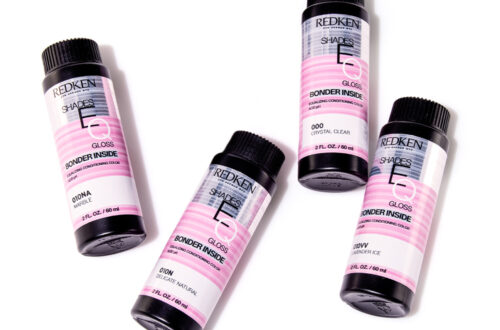Basics of Blonding


Blonding has been a popular hair color trend for many years, continuously evolving with new techniques and products to create stunning, customized blonde looks.
WHAT IS BLONDING?
Blonding is a term used in the hair industry to describe a range of processes and techniques that involve lightening the natural hair color to achieve various shades of blonde. From a scientific perspective, the process of lightening hair involves the manipulation of melanin, the natural pigment responsible for the color of our hair, skin, and eyes. This process typically involves the use of hair color products or bleach to remove or lift the natural pigment in the hair shaft, resulting in a lighter, and often blonde, color.

Human hair contains two types of melanin: eumelanin and pheomelanin. Eumelanin is responsible for darker hair colors, including brown and black, while pheomelanin contributes to the red and blonde shades. The lightening process focuses on breaking down the melanin in the hair shaft.
The primary agent used in the lightening process is hydrogen peroxide, commonly referred to as a developer. When hydrogen peroxide is applied to the hair, it opens the cuticle, the outermost layer of the hair shaft. This allows the lightener to penetrate the hair shaft and interact with the melanin.
BLONDING PROCESS
During the lightening process, eumelanin and pheomelanin undergo a chemical reaction with the developer, causing them to break down and lose their color. As a result, the hair becomes lighter in color. The degree of lightening achieved depends on various factors, including the starting color of the hair, product in the hair, previous treatments, the strength of the developer, and the processing time.
Blonding techniques can vary widely, from subtle highlights that add dimension to the hair to more dramatic transformations that turn the hair significantly lighter. The specific shade of blonde achieved can also vary, ranging from warm golden blondes to cool platinum or ash blondes.
EFFETCS ON YOUR HAIR
Blonding can be a complex process that requires careful consideration of factors such as the client’s natural hair color, desired end result, and the condition of the hair. It often involves the expertise of a professional hairstylist or colorist to achieve the desired look while minimizing damage to the hair. It’s important to note that the lightening process can also affect the hair’s structural integrity. It weakens the protein structure within the hair shaft. This is why proper aftercare and treatments are crucial to maintaining the health, strength, and appearance of lightened hair.
In the world of hair, blonding is both an art and a science – where skilled professionals work their magic to bring out the best in your hair. From soft highlights to bold transformations, the right expertise and care offers endless blonding possibilities for a radiant and confident look. As trends evolve and techniques advance, one thing remains constant: the desire to achieve that perfect shade of blonde.
If you would like to see details on what some of my client journeys who went through the blonding process were like, click here!




